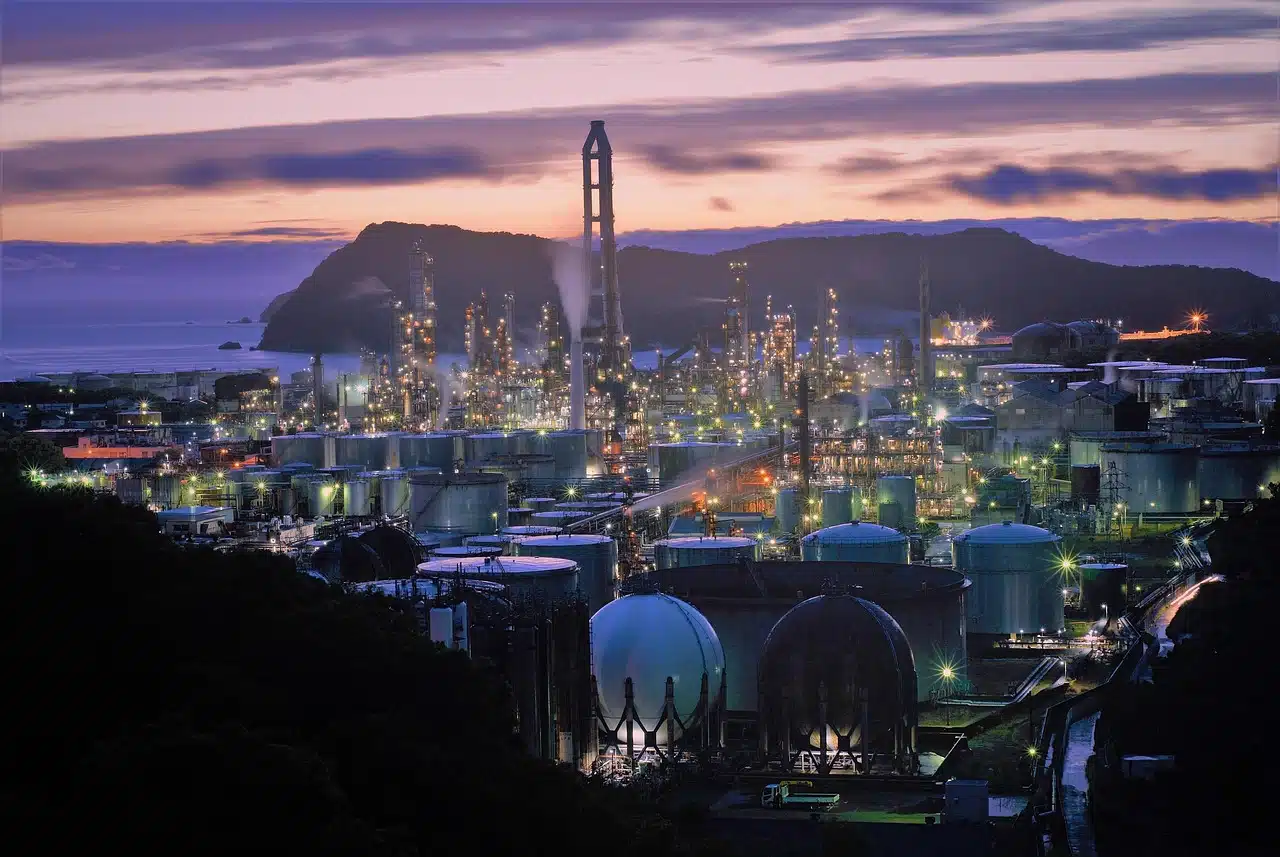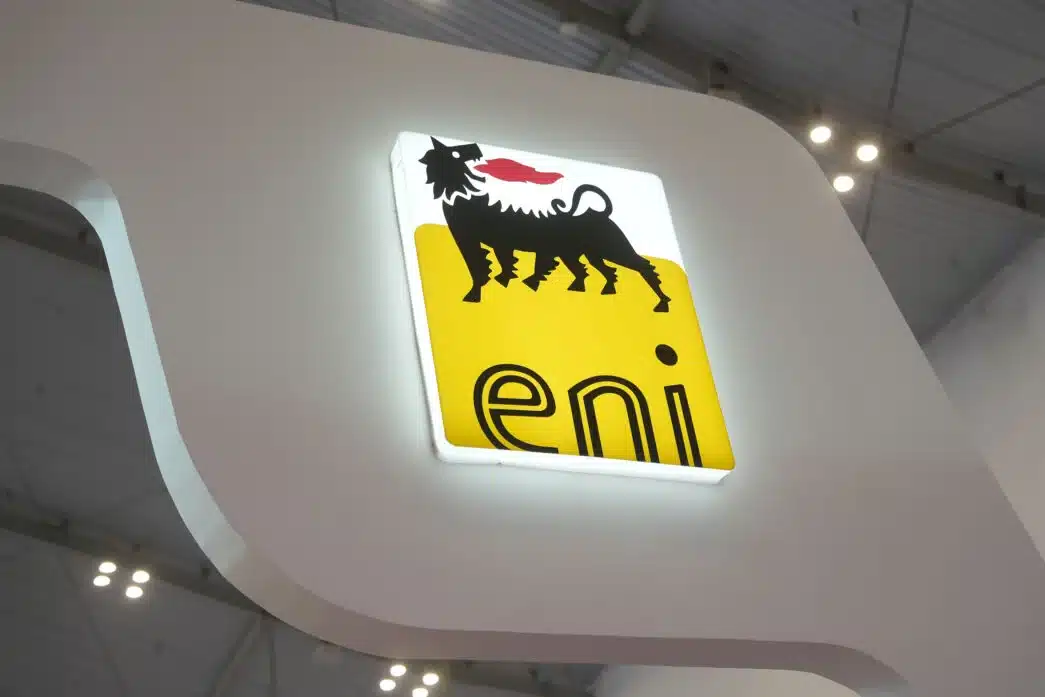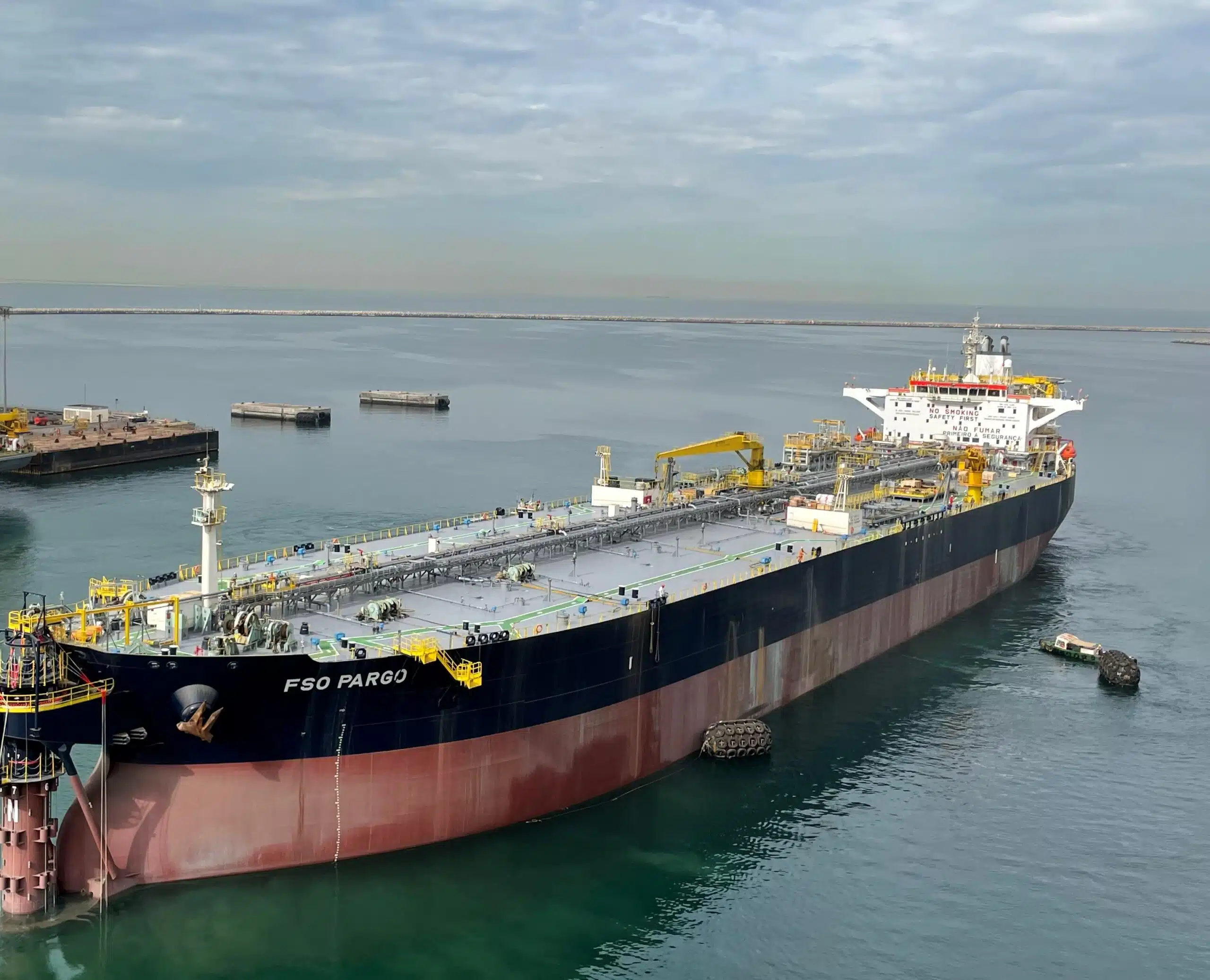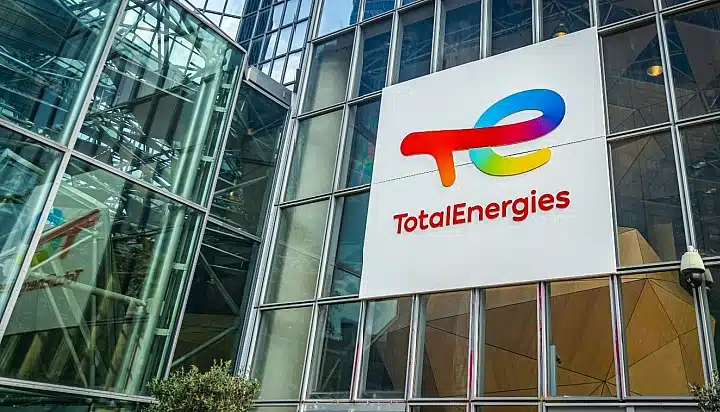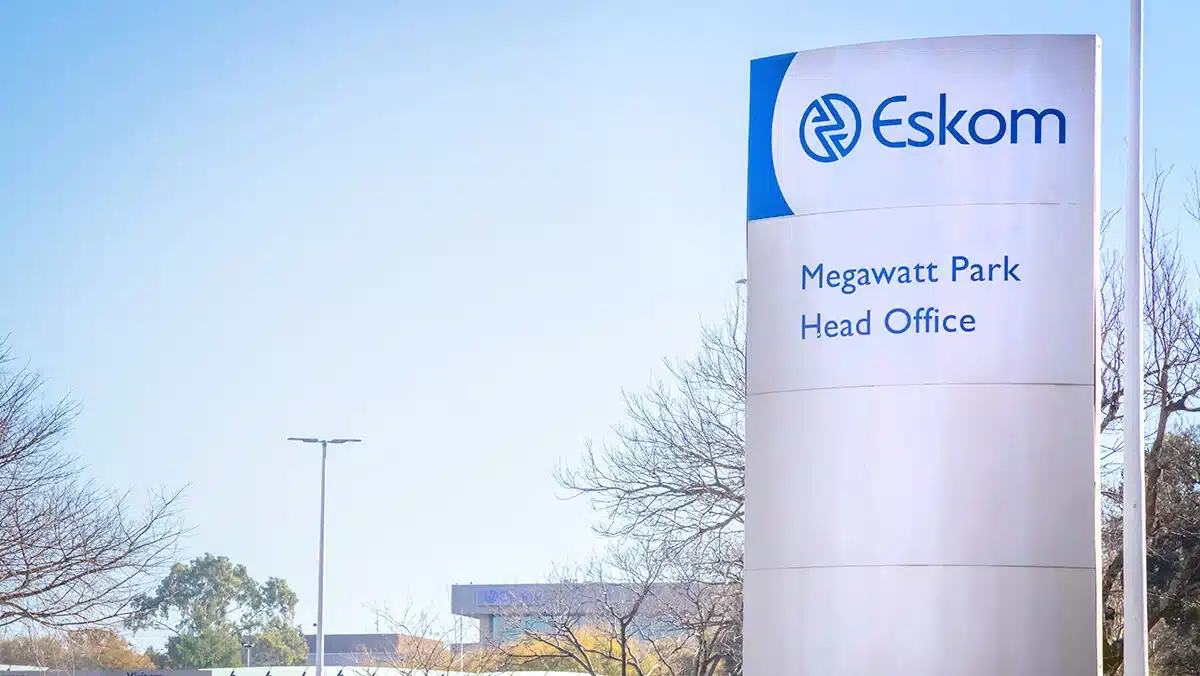West African country, Ghana, burned off natural gas worth around $170 million in 2024, according to a new report by the Public Interest and Accountability Committee (PIAC).
The country flared 28.5 billion standard cubic feet of gas during the year, resulting in both financial and environmental losses.
The PIAC report, which reviews how Ghana manages its oil and gas revenues, raised alarm over the ongoing issue of gas flaring—despite laws forbidding it.
“Technically, no company is allowed by the Environmental Protection Agency (EPA) to flare gas.
“However, because the Atuabo Gas Plant can’t process all the gas produced, the excess is burned off. This harms the environment and wastes valuable resources,” said PIAC member Richard Kojo Ellimah.
Gas flaring is the burning of natural gas that comes out during oil production when it cannot be captured or used economically. It is often visible as large flames on oil platforms.
While flaring is sometimes necessary for safety reasons, it also pollutes the air and contributes to climate change.
In Ghana, the problem has been getting worse.
The country saw a 19.3% increase in total volume flared in 2022, on top of the 21.2 billion cubic feet recorded in 2021.
The PIAC condemned this apparent waste of gas, especially given that Ghana continues to suffer power cuts.
At the same time, the country spends heavily on imported fuel to generate electricity.
Meanwhile, a recent roundtable hosted by the Petroleum Commission of Ghana in partnership with the African Petroleum Producers Organization (APPO) shows the country is committed to reducing routine gas flaring and methane emissions.
The government is also planning to build a second gas processing plant to support the existing Atuabo facility.
The new plant could help reduce gas flaring and save millions of dollars spent annually on liquid fuel imports.
“This project should be treated as a national priority. If construction begins quickly, Ghana could begin benefiting from its excess gas within the next two to three years.
“While it is a complex and capital-intensive project, it is necessary for environmental sustainability and economic growth,” Mr Ellimah noted.
The PIAC report also showed that 10.4% of the 279.3 billion cubic feet of gas processed in 2024 came from Ghana’s three major oil fields: Jubilee, Sankofa-Gye Nyame (SGN), and Tweneboa-Enyenra-Ntomme (TEN).



